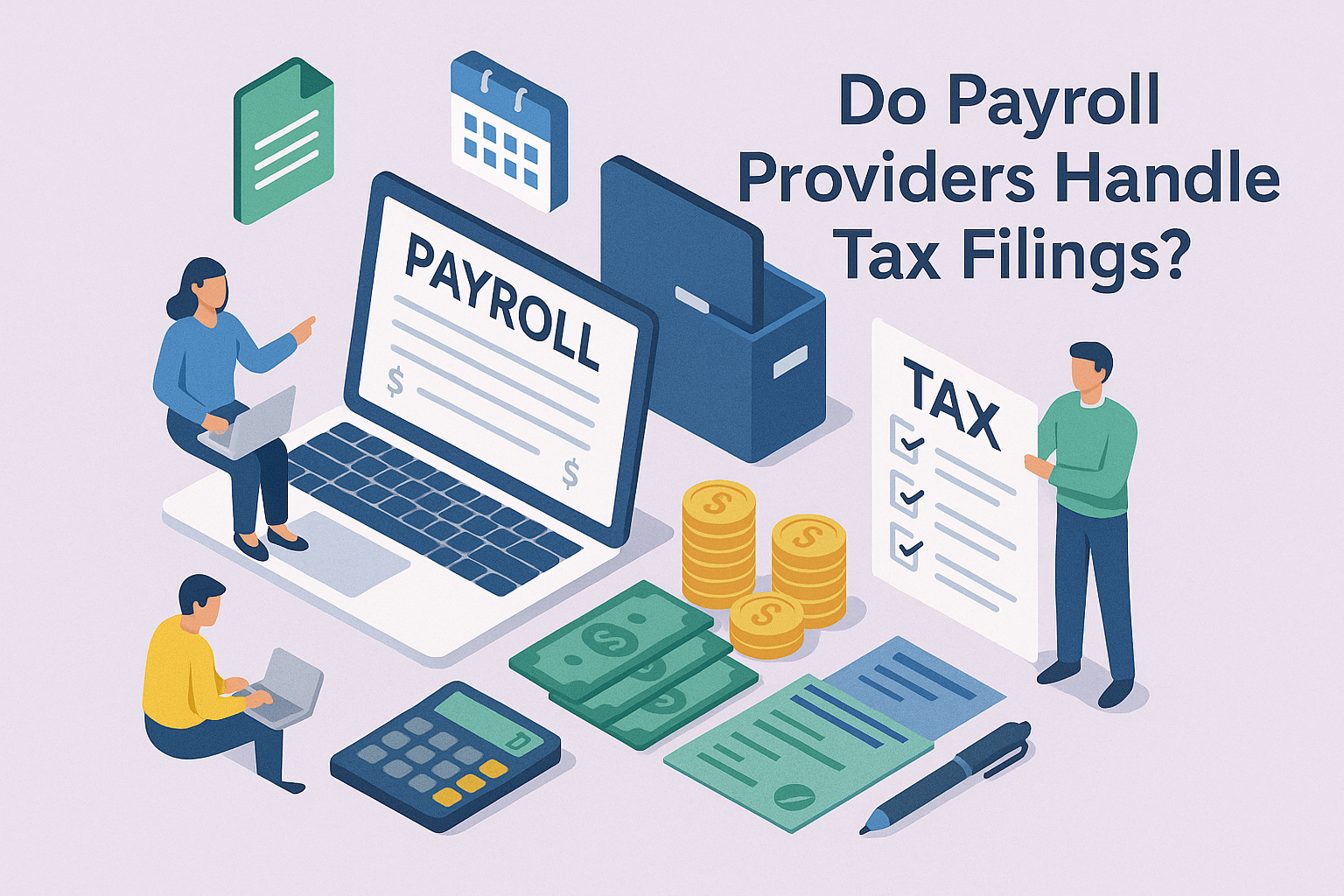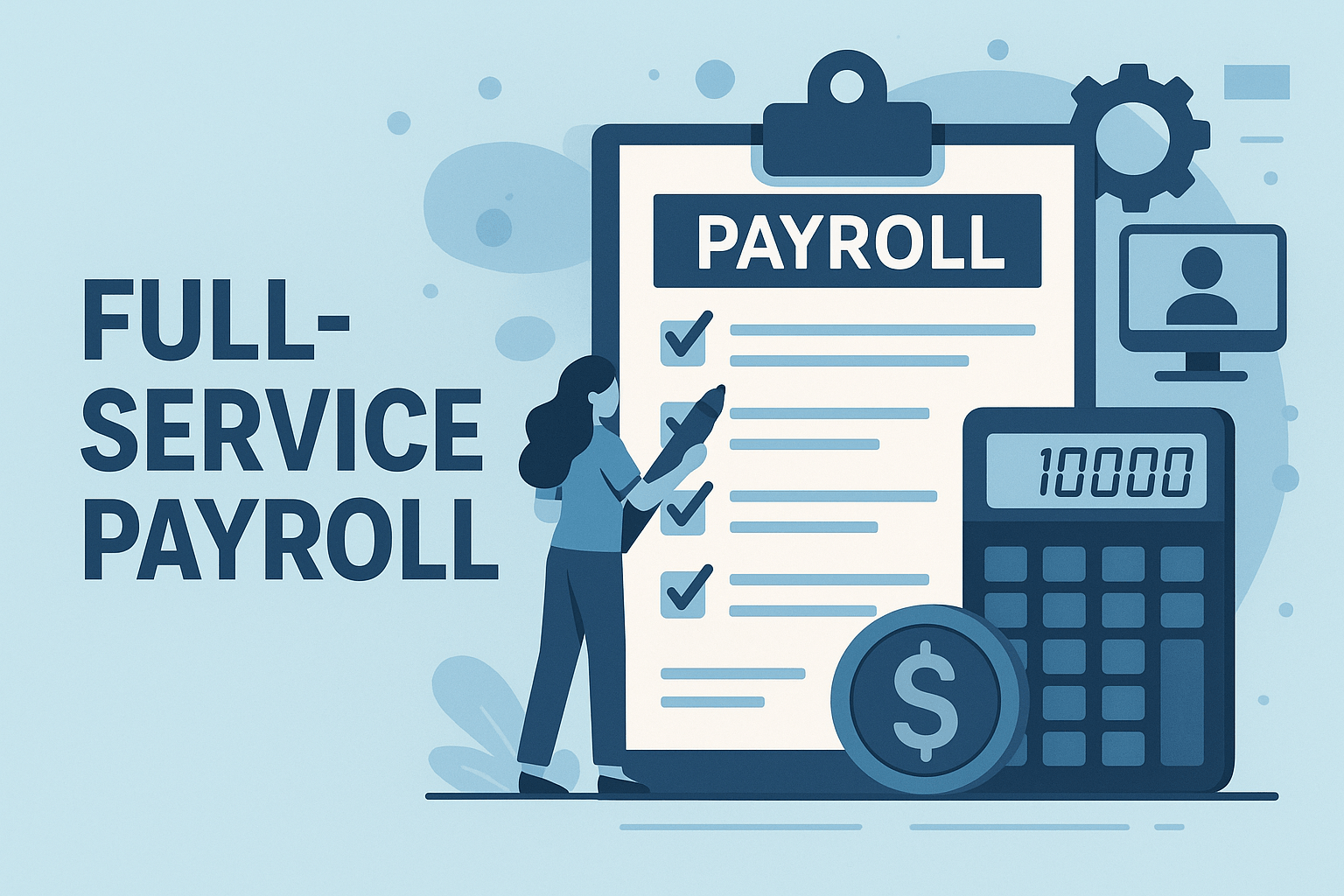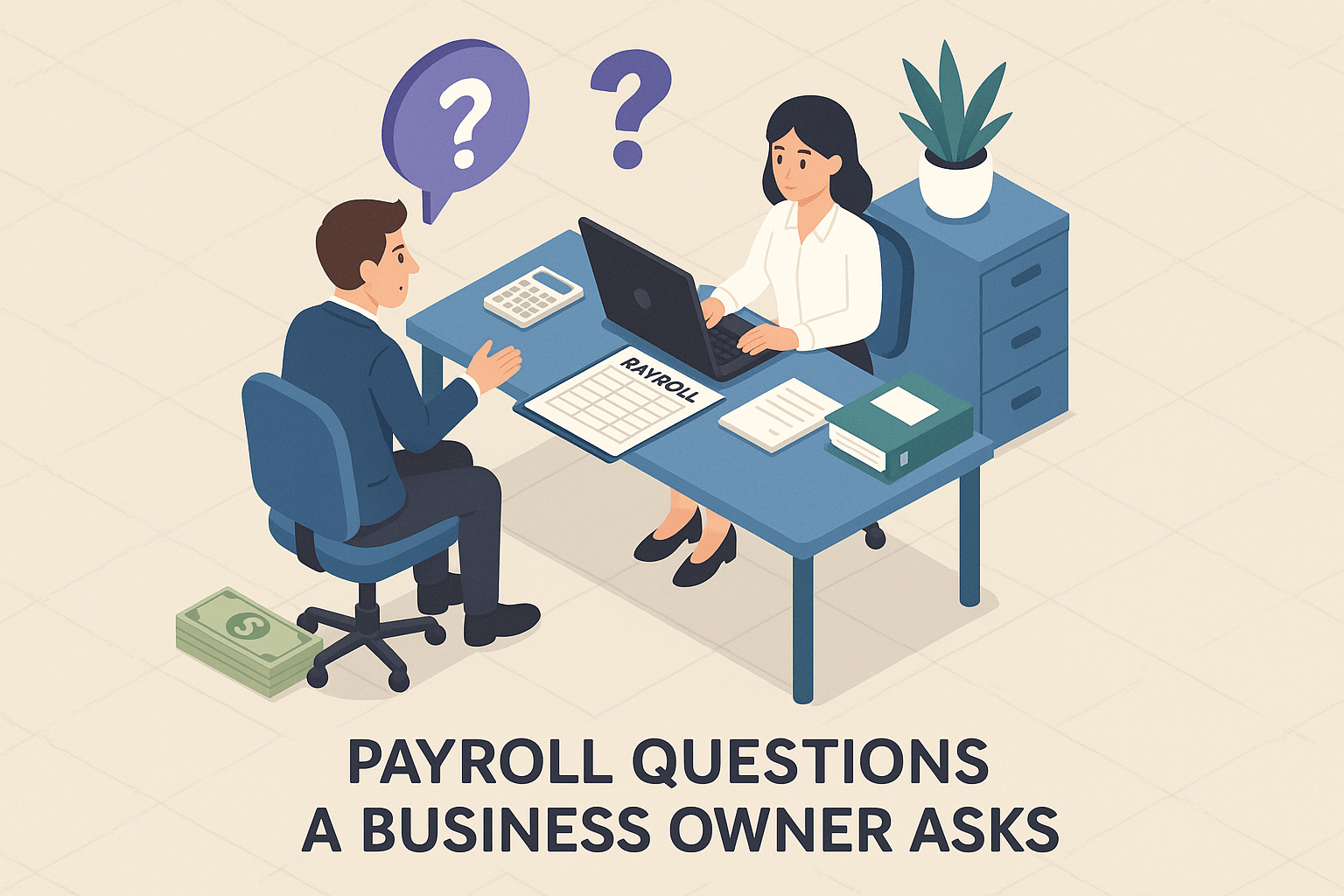Best Practices to Protect Your Organization from Phishing Scams
June 27th, 2024
5 min read

You're in the midst of a busy day, juggling multiple tasks and meeting client needs when an email suddenly appears in your inbox. It seems to be from a reputable company, perhaps a client, a service provider, or even a colleague. The message urges you to click on a link to update your account information, confirm an order, or review an important document. Trusting the sender, you quickly follow their instructions, only to discover later that you've fallen victim to a phishing scam.
But rest assured, you're not alone in this experience. Phishing scams are on the rise and more sophisticated than ever. With increasingly high-level tactics, cybercriminals constantly evolve their methods to trick unsuspecting individuals into divulging sensitive information or clicking on harmful links.
For businesses that fall for phishing scams, the repercussions can be severe. It can potentially lead to data breaches, compromised systems, and significant financial losses. As phishing attacks continue to rise in frequency and sophistication, it's crucial for your employees and organization to remain vigilant and take proactive measures to protect your business from these online threats.
At Lift HCM, we understand how important security is. We believe that informed employees are your best defense against cyber threats. In this article, you will gain practical tips, strategies, and insights that will help you recognize and potentially avoid phishing threats. After reading this, you will walk away with the knowledge to protect your employees and your business from phishing attacks.
Table of Contents
- The Importance of Phishing Awareness in the Workplace
- What is Phishing
- Recognizing Phishing Attempts
- Best Practices for Employees to Avoid Phishing
- Phishing Prevention in Your Business
The Importance of Phishing Awareness in the Workplace
For businesses, phishing is more than just an inconvenience—it’s a serious security threat. When an employee falls for a phishing scam, it can lead to:
Data breaches
Financial loss
Damaged reputation
Phishing awareness is crucial because it empowers employees to recognize and prevent these attacks, protecting both their personal information and the company's assets.
What is Phishing?
Phishing is a type of cyber attack in which scammers impersonate legitimate entities to steal sensitive information like passwords, credit card numbers, or personal details. These attacks often occur via emails but can also happen via text messages or phone calls. The goal is to trick individuals into providing confidential information or clicking on malicious links that install malware on their devices.
Now more than ever, scammers are targeting HR managers with deceptive emails, requesting updates to banking and direct deposit information. These emails appear to come from employees, leading many HR managers to unwittingly update the details, only to face confusion from employees on payday. We, too, have encountered such attempts internally, but our vigilant training ensures we always verify the sender's email domain. In a recent case, a scammer posed as one of our employees, contacting our manager, Chuck, in a bid to alter direct deposit information. Chuck quickly identified the deception, noting the email address had a Mexican domain.
Recognizing Phishing Attempts
Understanding the common signs of phishing attempts can help employees avoid falling victim. Here are some red flags to look out for:
Suspicious Email Addresses
Phishing emails often come from addresses that look legitimate at first glance but contain slight misspellings or unusual characters. For example, an email from "support@paypa1.com" instead of support@paypal.com.
Below are actual examples that our IT manager received here at Lift HCM.
Generic Greetings and Language
Phishing emails often use generic greetings like "Dear Customer" instead of addressing you by name. The language may be overly formal or awkward, which can be a sign that something isn't right.
Urgent or Threatening Language
Scammers often use scare tactics to prompt quick action. Phrases like "Immediate action required" or "Your account will be suspended" are designed to create a sense of urgency and make you act without thinking.
Unusual Attachments or Links
Be cautious of unexpected attachments or links, especially if the email is from someone you don’t regularly communicate with. Hovering over a link to see the URL before clicking can help you avoid malicious sites.
Below is a Federal Bureau of Investigation chart comparing the top five crime types from 2019-2023. The data on the top five crime types from 2019 to 2023 reveals significant trends and changes. Tech support scams have nearly tripled, indicating growing exploitation of increased reliance on technology. Extortion incidents peaked in 2020 during the pandemic but have stabilized, suggesting improved awareness. Non-payment/non-delivery scams surged during the pandemic but have since decreased, reflecting better security measures in online transactions. Personal data breaches have steadily risen, emphasizing the need for robust cybersecurity. Phishing remains the most reported crime, though slightly declining, indicating ongoing challenges despite improved awareness and defenses.
*Chart includes a loss comparison for the top five reported crime types for the years 2019 to 2023.
Best Practices for Employees to Avoid Phishing
Educating your employees on best practices can significantly reduce the risk of phishing attacks. Here are some tips:
Verifying Email Senders
Encourage employees to verify the sender's email address before responding or clicking on any links. If in doubt, they should contact the sender through a known, trusted method to confirm the email's legitimacy.
Avoiding Clicking on Suspicious Links
Remind employees to be cautious with links, especially those in unsolicited emails. If something feels off, it’s better to err on the side of caution and not click.
Reporting Phishing Attempts
Create a clear process for reporting suspected phishing attempts. This helps address the immediate threat and enables your IT team to improve security measures.
Regularly Updating Passwords
Encourage employees to update their passwords regularly and use strong, unique passwords for different accounts. Password managers can help them securely keep track of their credentials.
Creating a Phishing Awareness Training Program
A well-structured training program significantly affects your employees' ability to recognize and avoid phishing scams. Here’s how to get started:
- Your training program should cover the basics of phishing, including common tactics used by scammers and the potential consequences of falling for a phishing attack. Use real-life examples to illustrate these points. At Lift HCM, we use a Learning Management System (LMS) for annual and mandatory compliance/security training.
- Incorporate role-playing scenarios where employees can practice identifying and responding to phishing attempts. This hands-on approach makes the training more engaging and memorable.
- Phishing tactics are constantly evolving, so it’s important to provide regular updates and refresher courses to keep your employees' knowledge up to date.
Tools and Resources for Phishing Prevention
Leveraging tools and resources can enhance your company's phishing prevention efforts. Below are a few recommendations.
Anti-Phishing Software
Invest in anti-phishing software that detects and blocks phishing attempts before reaching your employees. This adds an extra layer of protection to your existing security measures.
Educational Resources
Provide employees with access to educational resources on the latest phishing trends and prevention techniques, such as articles, videos, and webinars. Encourage continuous learning to keep them informed.
Incident Response Plans
Develop and communicate an incident response plan so employees know what steps to take if they suspect a phishing attack. This should include immediate actions, who to contact, and how to mitigate any potential damage.
Below is an example:
- Reset the user's credentials. Check to see what systems may have been changed and if any other users are at risk.
- See if there was any PII or SI breach and find out who it may affect.
- If so, we go through the Breach Response protocol determining the risk level.
- If the risk level is high enough, we formally reach out to the affected clients and also contact our insurance company for more guidance
How To Report Phishing
- If you got a phishing email, forward it to the Anti-Phishing Working Group at reportphishing@apwg.org
- If you got a phishing text message, forward it to SPAM (7726).
- Report the phishing attempt to the FTC at https://reportfraud.ftc.gov
- https://www.ic3.gov/
Phishing Prevention in Your Business
Having read this article, you now know that phishing is a persistent threat. The speed and scale at which these scams occur highlight the pervasive nature of this risk in today's digital landscape.
However, armed with the right knowledge and tools, you can significantly reduce your vulnerability to these attacks. By understanding the tactics employed by cybercriminals, implementing strategic security measures, and providing ongoing training, you can safeguard your business and employees from the devastating consequences of phishing. In doing this, you can create a better, more secure workplace environment.
Please note that this article does not cover all possible scenarios, and any discussions or viewpoints should not be considered as legal advice. For specific legal guidance, readers are advised to consult with legal professionals.

If you are not yet ready to speak with a team member, you may find these resources helpful:
Caitlin Kapolas is a results-driven professional with a strong background in account management and retail. She is dedicated to improving client experiences and building lasting relationships. Caitlin excels in identifying client needs, resolving issues, and implementing customized solutions that drive value. Her effective communication skills ensure high client satisfaction and loyalty, making her a trusted advisor and partner in meeting client needs with precision and professionalism.


.png?width=759&height=439&name=2024-07-29_15-59-51(2).png)



.png?width=1536&height=1024&name=Create%20a%20background%20that%20reads%2c%20How%20Long%20to%20Keep%20P%20(1).png)


















